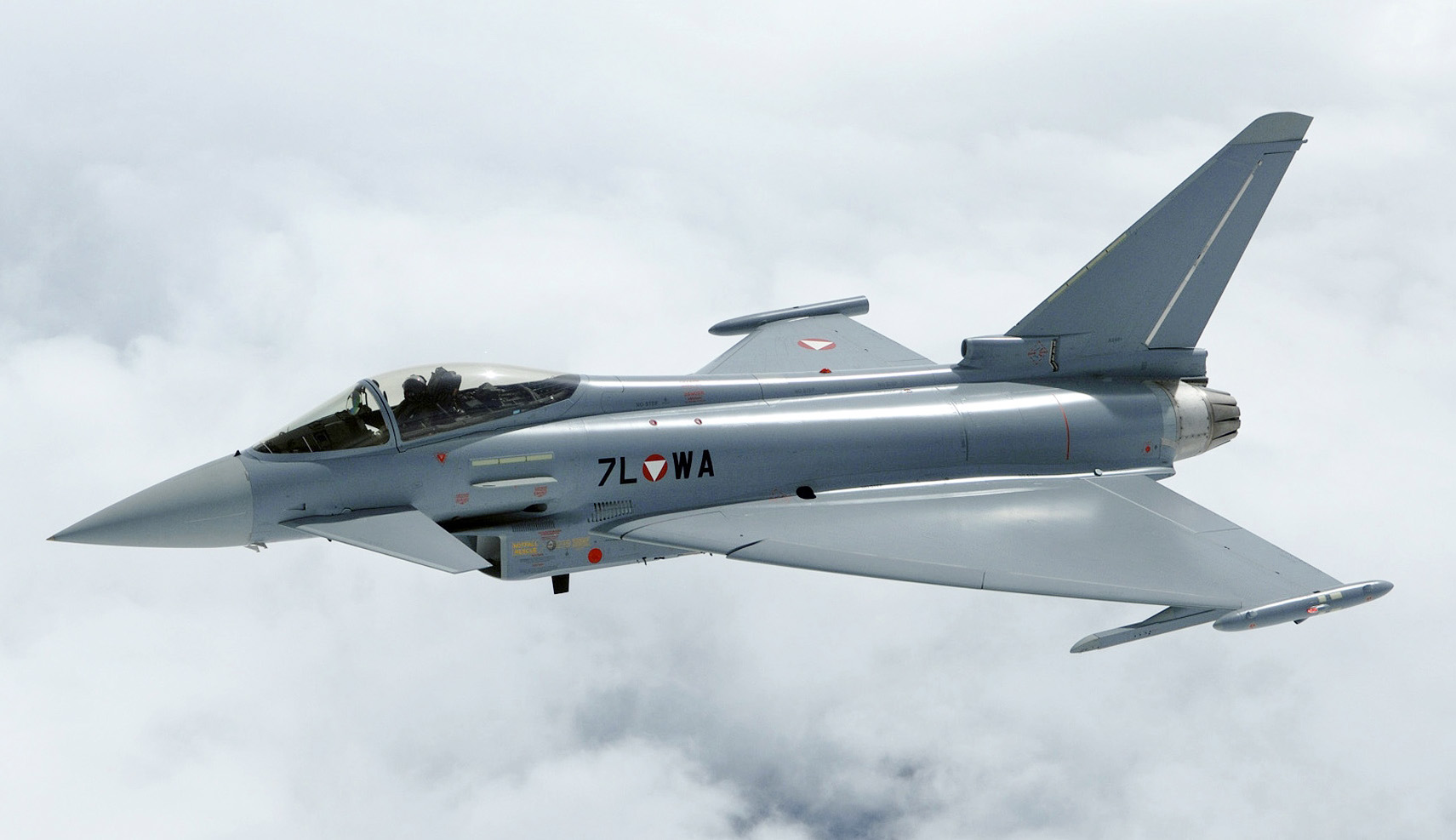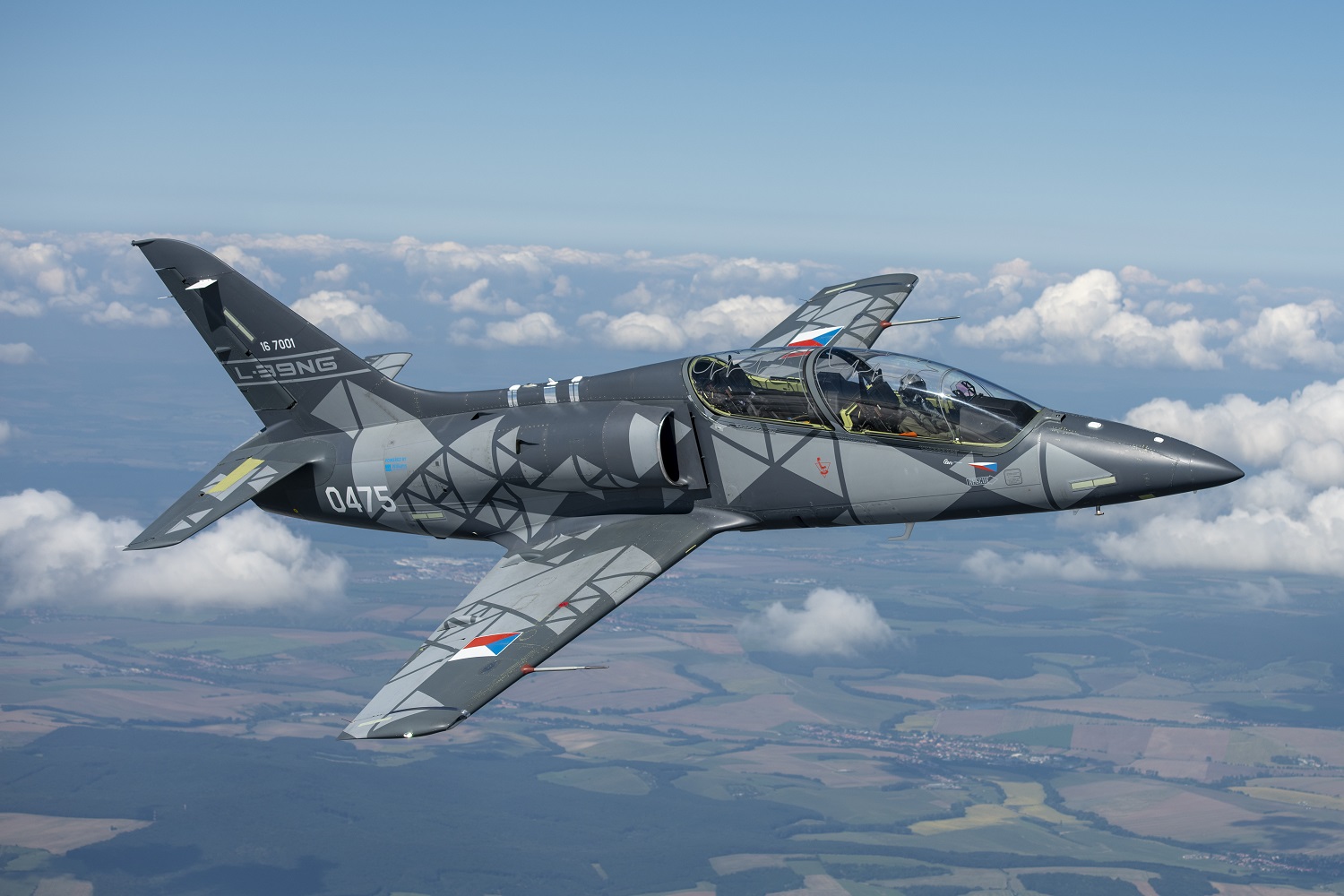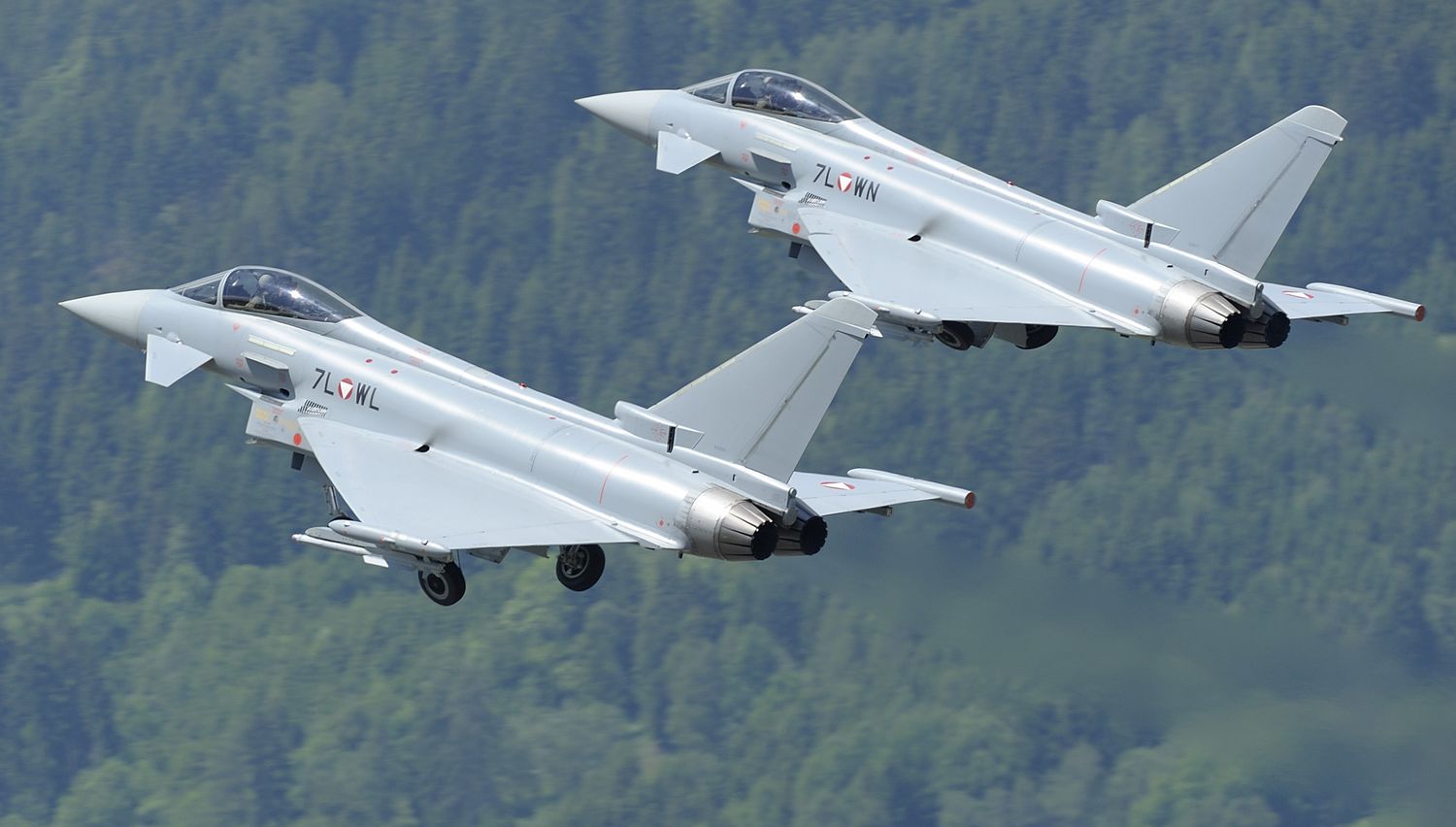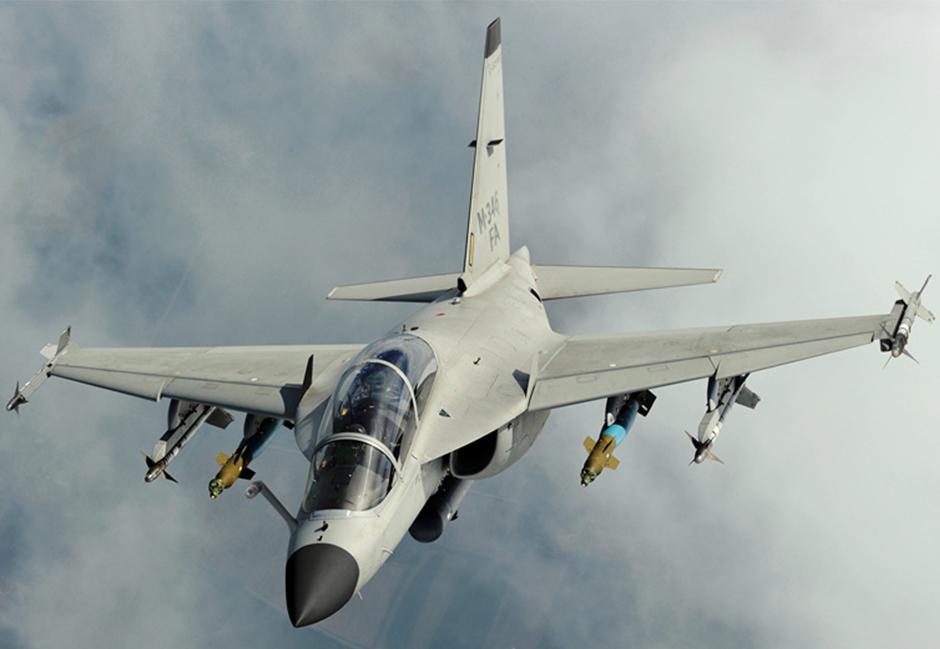Austria to upgrade its Eurofighter and shows interest in the Leonardo M-346
The Austrian Air Force will carry out a 1.6 billion euro plan for the upgrade of its assets, including the modernization of its Eurofighter fighters and the purchase of a fleet of advanced trainers.
According to the Austrian media Kronen, which had access to internal government documents, the Austrian Armed Forces (Bundesheer) will receive 1.6 billion euros to upgrade its air assets. This money will be invested mainly in the modernization of its Eurofighter fighters, and in the purchase of a fleet of advanced training and subsonic ground attack aircraft.
Modernización de los Eurofighter

The Austrian Air Force currently has a fleet of 15 Eurofighter tranche 1 fighters, the first of which was delivered in 2007. The history of the Eurofighter in Austria is controversial, since only 10 years later (and in the midst of accusations of corruption that would have favored the choice of the European model) the Government had announced its retirement and replacement, for being a militarily «inefficient and expensive to operate».
Time passed and the Eurofighters remained in active service, but being from the first production blocks, they did not have many of the necessary capabilities to face the current war scenarios, a situation exacerbated by the deterioration of the European security situation after the Russian invasion of Ukraine.
Among the deficits that the modernization of the Austrian Eurofighters should address are mainly three:
- Night combat capability: night combat capability will be improved by incorporating night vision goggles for its pilots, or by integrating a modern optronic targeting pod.
- Survivability: Upgrade of the DAAS self-protection system.
- BVR capability: Addition of AMRAAM or Meteor medium/long range air-to-air missiles.
Following this modernization, which is likely to include software and hardware upgrades that will bring these aircraft up to state-of-the-art tranches, the Austrian Eurofighters could provide a much more effective air defense.
Advanced trainer with attack capabilities
The lion’s share of the €1.6 billion investment would go to the acquisition of a planned fleet of 18 advanced, combat-capable trainer aircraft, which should cover the missions entrusted for years to the former SAAB 105E, retired from active service in 2020.
Leonardo M-346FA
According to Krone, the favored candidate would be Leonardo’s M-346FA, equipped with radar and the necessary electronics and wiring to perform missions such as:
- Air Policing / Slow Target Interdiction
- Close Air Support (CAS)
- Counter Insurgency (COIN)
- Forward Air Controller (FAC)
- Combat Search and Rescue (CSAR)
- Battlefield Interdiction (BAI)
- Tactical Air Support for Maritime Operations (TASMO)
- Tactical Reconnaissance
Currently, relations with Leonardo and Italy are excellent, following the purchase by Austria of 36 AW169M LUH helicopters in a G2G (Government to Government) agreement that includes a wide package of assistance and compensations, which meant the victory of the Italian model over its competitors.
L-39NG

The Italian model competes against the L-39NG from Czech manufacturer Aero Vodochody (Aero). It is a single-engine aircraft that is lighter and cheaper to acquire and operate than the twin-engine M-346.
Although this aircraft (which has already been acquired by the Czech, Vietnamese and Hungarian Air Forces) was reportedly rejected in the first instance by the Austrian Ministry of Defense, insiders told Krone that the Czechs have put a very attractive compensation package on the table, which would put the L-39NG back in the game.
Criticism of adding a second logistics chain
While advanced trainers such as the M-346 and L-39NG are much cheaper to buy and operate than a multi-role fighter such as the Eurofighter, there are those who oppose the purchase of a second fleet of aircraft, believing that it is more cost-effective to operate a single aircraft model, and send pilots and technical staff to train abroad.
However, in the wake of the war in Ukraine, the Austrian government’s view seems to indicate that security considerations will prevail over economic ones and that both projects will be realized.



Para comentar, debés estar registradoPor favor, iniciá sesión